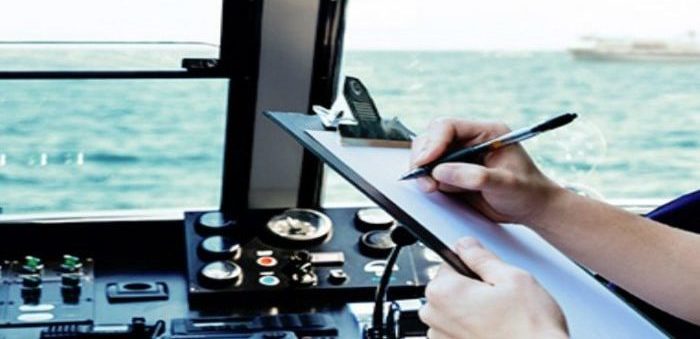As of June 25, 2018, the US Coast Guard has issued 22 certificates of inspection (COI) to towing vessels in the Atlantic and Pacific areas of operation. Additional inspections will take place until July 20, 2018, when Subchapter M is fully implemented.
Under this, USCG provides some important points when seeking a COI:
1. First of all the requirements for obtaining a certificate of inspection begin when the owner/operator submits the Office of Management and Budget (OMB) approved Form CG-3752 “Application for Inspection.” New construction vessels use Form CG-3752A. Owners/operators have to only complete OMB-approved forms and submit the information listed in the regulations.
[smlsubform prepend=”GET THE SAFETY4SEA IN YOUR INBOX!” showname=false emailtxt=”” emailholder=”Enter your email address” showsubmit=true submittxt=”Submit” jsthanks=false thankyou=”Thank you for subscribing to our mailing list”]
2. In order to collect necessary information, marine inspectors may use job aids or checklists to help document and organize all the information. Form CVC-FM-004(1) – “Towing Vessel Particulars,” is one example. These forms are for the marine inspectors, not owners/operators, to fill out. The marine inspector will complete the job aid/checklist using input from the owner/operator before, during, or after the initial inspection. This input could include information from verbal interviews, visual inspection, or review of system manuals and other pre-existing vessel documentation the owner/operators provides to the marine inspector.
3. To reduce the disruption to the vessel’s operation, USCG recommends that vessel owners/operators make any pre-existing vessel documents available to the marine inspector during the initial inspection. This may reduce the marine inspector’s time on board the vessel and limit the need for follow up visits.
Towing vessels are required to comply with the provision in 46 CFR Subchapter M in less than four weeks. Owners and managing operators are encouraged to work with their local OCMI and develop a plan to ensure their vessels comply, allowing enough time for the USCG or a Third Party Organization to complete the required inspections, audits, and surveys necessary prior to the issuance of a COI.



























































